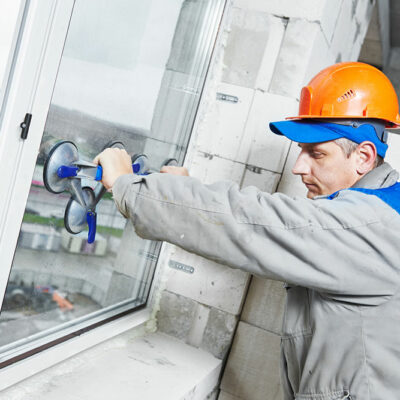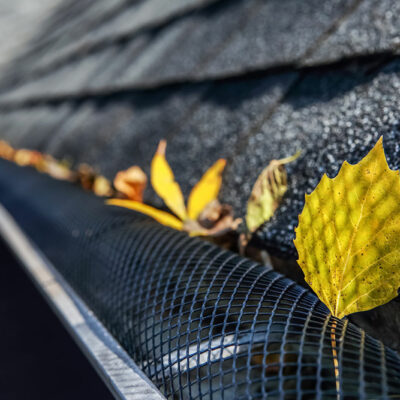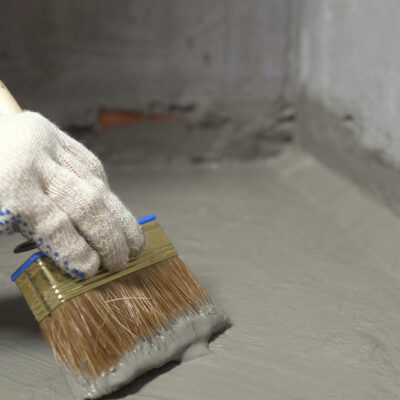
Top 19 window replacement mistakes to avoid
A need for enhanced home comfort, energy efficiency, and aesthetics often drives the decision to replace windows. It helps create a more pleasant living space and potentially saves on energy costs for the homeowners. The benefits extend beyond mere visual upgrades. Energy-efficient windows can contribute to a more sustainable and cost-effective home. When considering window replacement, choosing the right kind is crucial. Factors such as material durability and alignment with the home’s design play pivotal roles. Here are a few common window replacement mistakes to avoid: 1. Ignoring energy efficiency ratings The significance of energy efficiency ratings cannot be overstated. The U-factor gauges how well a window insulates, while the Solar Heat Gain Coefficient (SHGC) measures its ability to block heat from the sun. Overlooking these metrics might lead to discomfort and higher energy bills. 2. Neglecting proper measurements Accurate measurements are essential to ensure accuracy during the window replacement process. Homeowners often make the mistake of measuring only the width and height, neglecting the equally crucial depth of the window openings: ill-fitted windows compromise aesthetics, functionality, and energy efficiency. 3. Opting for the wrong window style The allure of trendy window styles sometimes overshadows practical considerations. Choosing a style that doesn’t harmonize with the home’s overall aesthetic can disrupt its visual flow.
Read Article 









